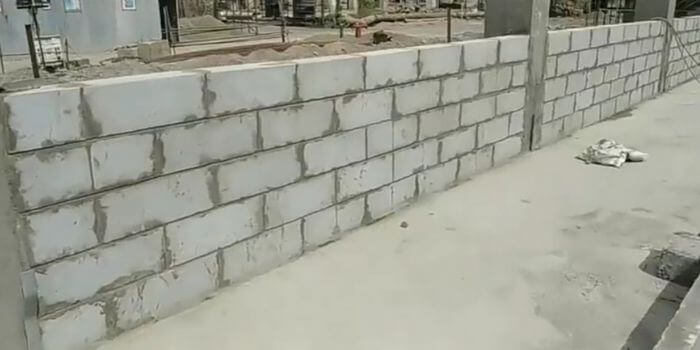
AAC Blocks - testing and significance

Abhinav Mane
|
Apr 13, 2023
2 Minute Read
This blog discusses the tests required to be conducted on AAC blocks as per IS code to ensure that they meet the required standards.
Autoclaved Aerated Concrete (AAC) blocks are a relatively new building material in the construction industry. They are lightweight, durable, and eco-friendly, making them an excellent choice for both residential and commercial construction projects.
AAC blocks are a type of precast concrete block that is made from natural materials such as sand, cement, lime, gypsum, and aluminum powder. The manufacturing process involves combining these materials with water and pouring them into molds. The aluminum powder reacts with the other ingredients to release hydrogen gas, which creates tiny air pockets throughout the block. The blocks are then placed in an autoclave, where they undergo a high-pressure steam curing process that causes them to expand and harden.
The resulting blocks are lightweight, strong, and have excellent thermal insulation properties. They can be used for walls, floors, and roofs, and they are fire-resistant and pest-resistant. AAC blocks are also eco-friendly since they require less energy to produce and generate fewer carbon emissions than traditional building materials.

As per the Indian Standard code IS 2185 (Part 3), there are several tests that need to be conducted on AAC blocks to ensure that they meet the required standards. These tests include:
Compressive strength test: This test determines the load-carrying capacity of AAC blocks under compression. The minimum compressive strength of AAC blocks as per IS code is 3 N/mm².
Water absorption test: This test determines the ability of AAC blocks to absorb water. The maximum water absorption limit as per IS code is 10% of the dry weight of the block.
Density test: This test determines the density of AAC blocks. The minimum density of AAC blocks as per IS code is 550 kg/m³.
Dimension test: This test ensures that the dimensions of the AAC blocks are within the required tolerances.
Drying shrinkage test: This test determines the amount of shrinkage that occurs when AAC blocks are dried. The maximum drying shrinkage limit as per IS code is 0.06%.
Thermal conductivity test: This test determines the ability of AAC blocks to conduct heat. The maximum thermal conductivity limit as per IS code is 0.24 W/mK.
At ProVatsalya, we provide guidance and support to manufacturers, builders, and architects to ensure that AAC blocks are produced and used correctly. We also optimize the production processes to ensure that the blocks meet industry standards and regulations.

Author
Abhinav Mane
Category
Material testing
Tags
AAC blocks
material testing
laboratory testing
compressive strength
water absoprtion
construction materials
building blocks
Published On
Apr 13, 2023
2 Minute Read
Next Blog to read
Paver block - Testing and Significance